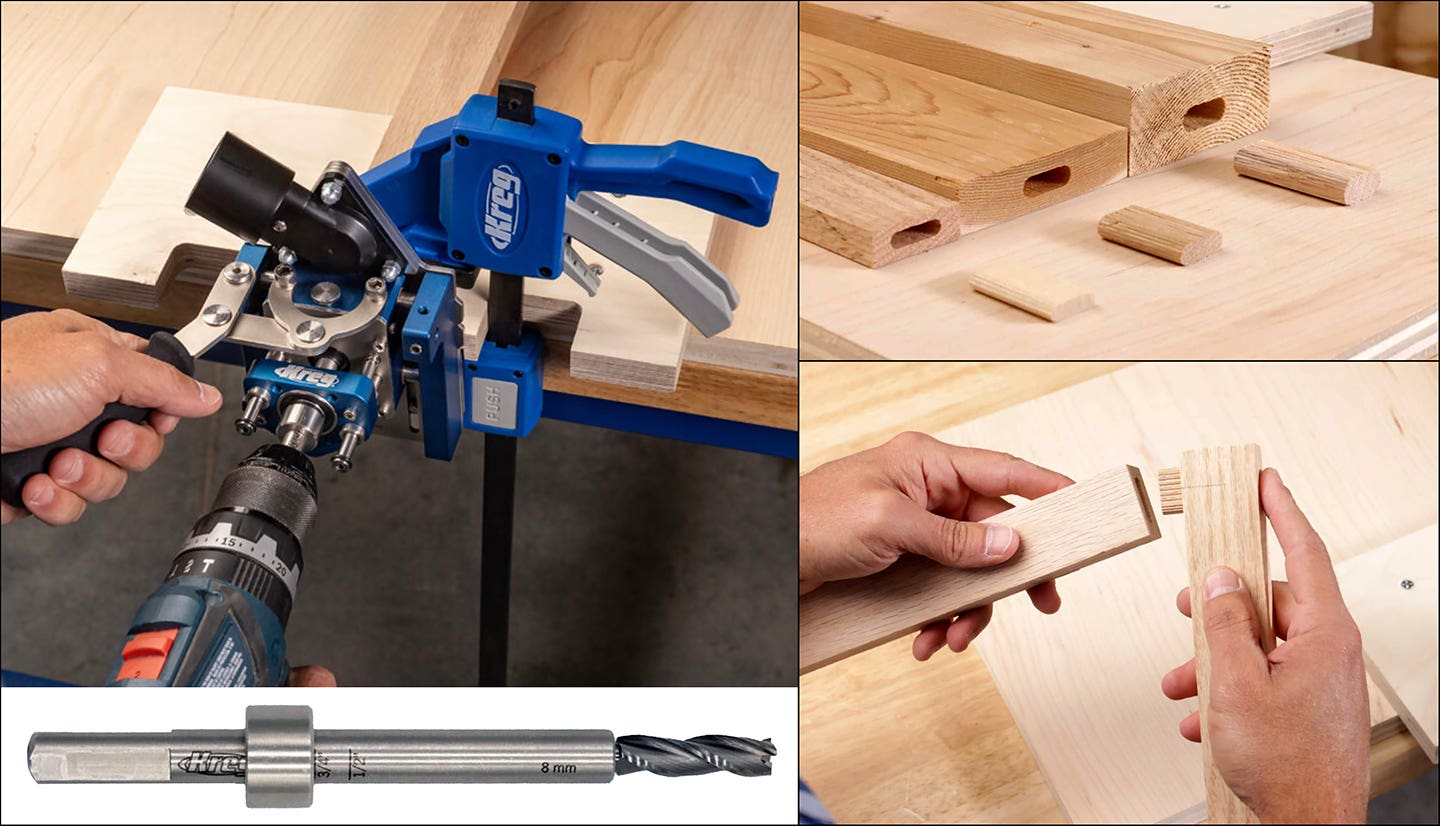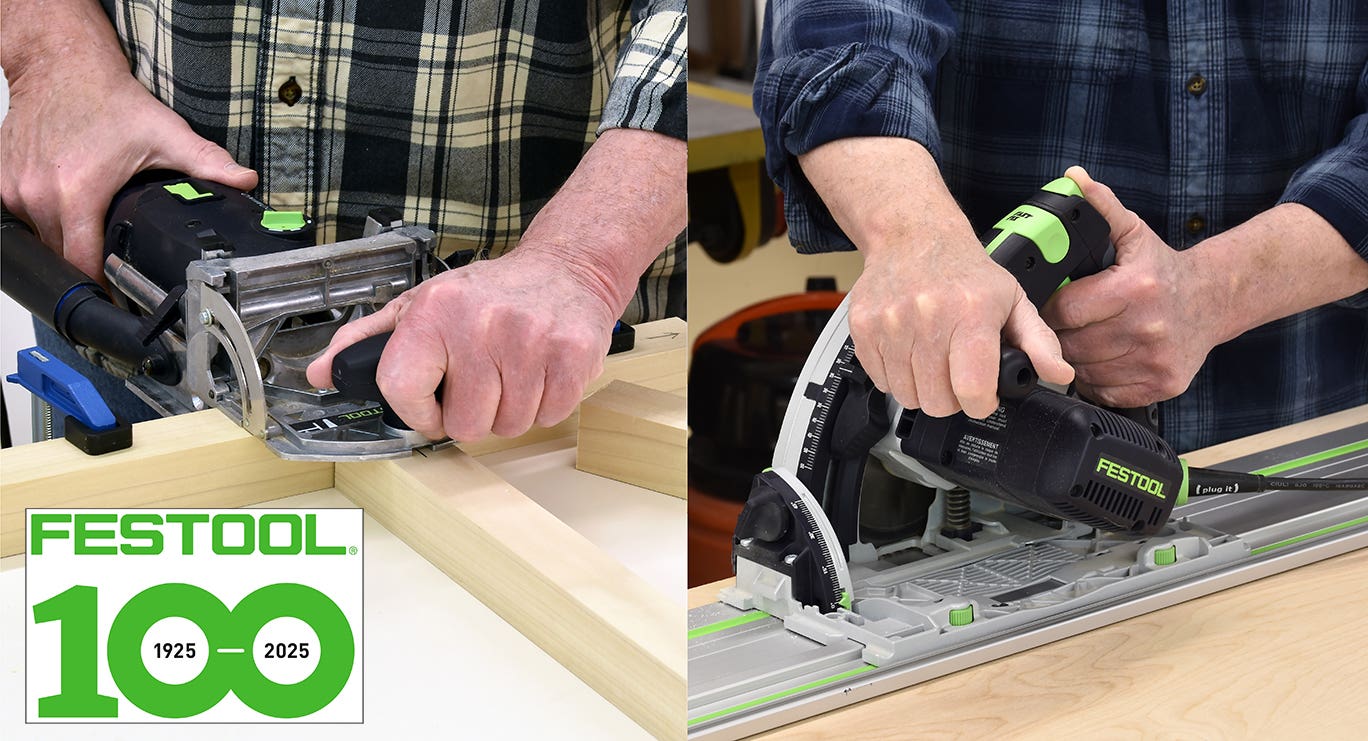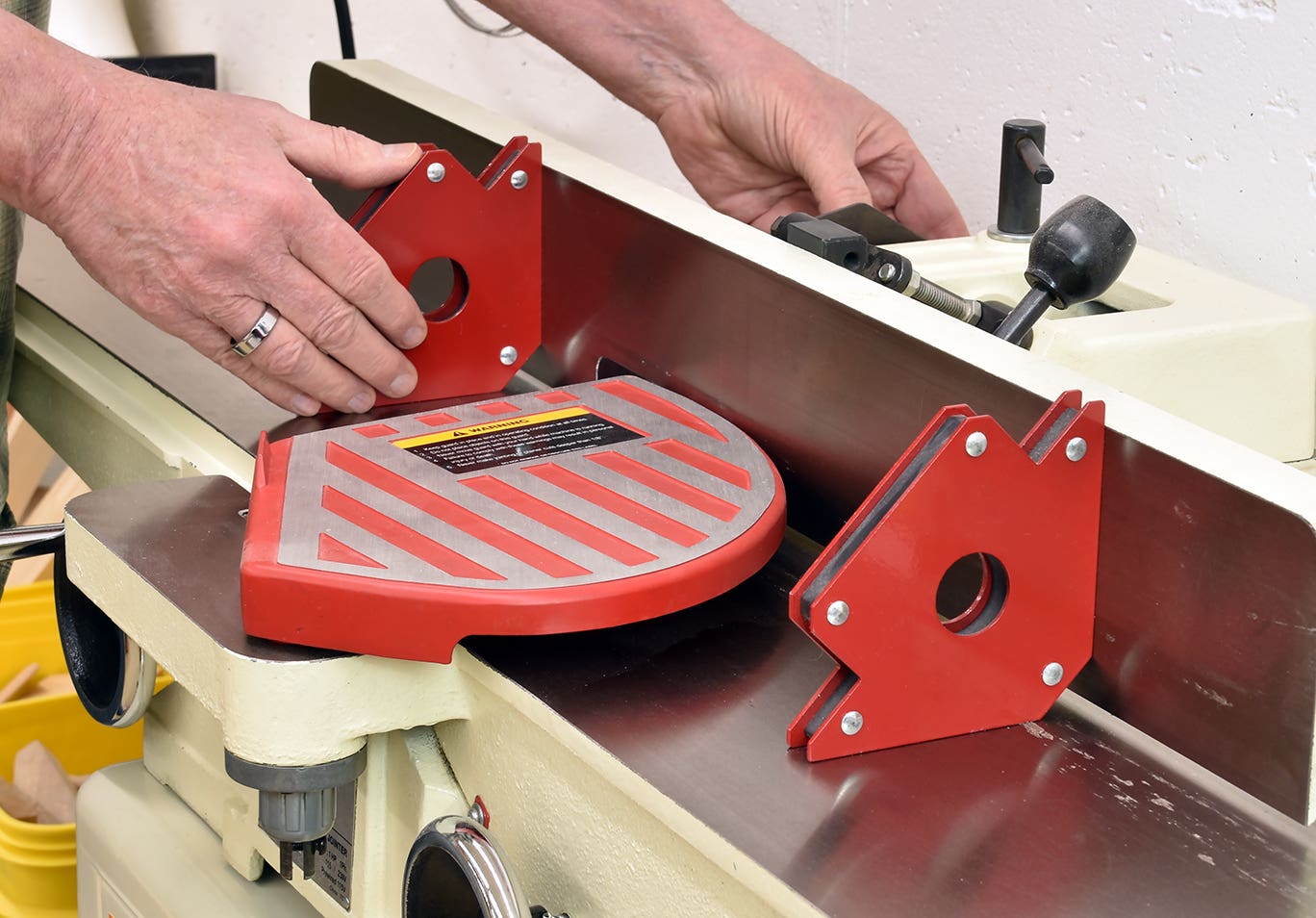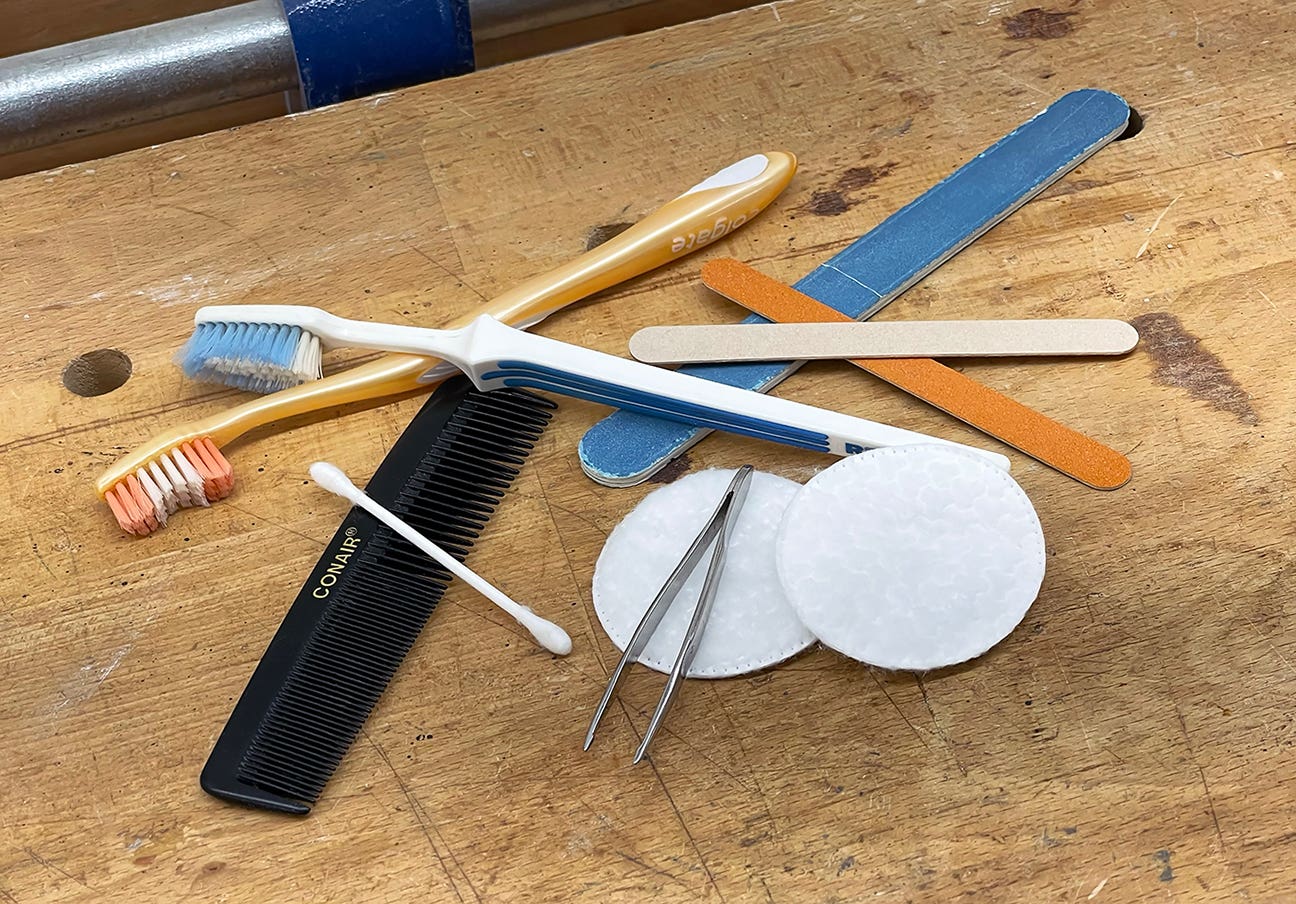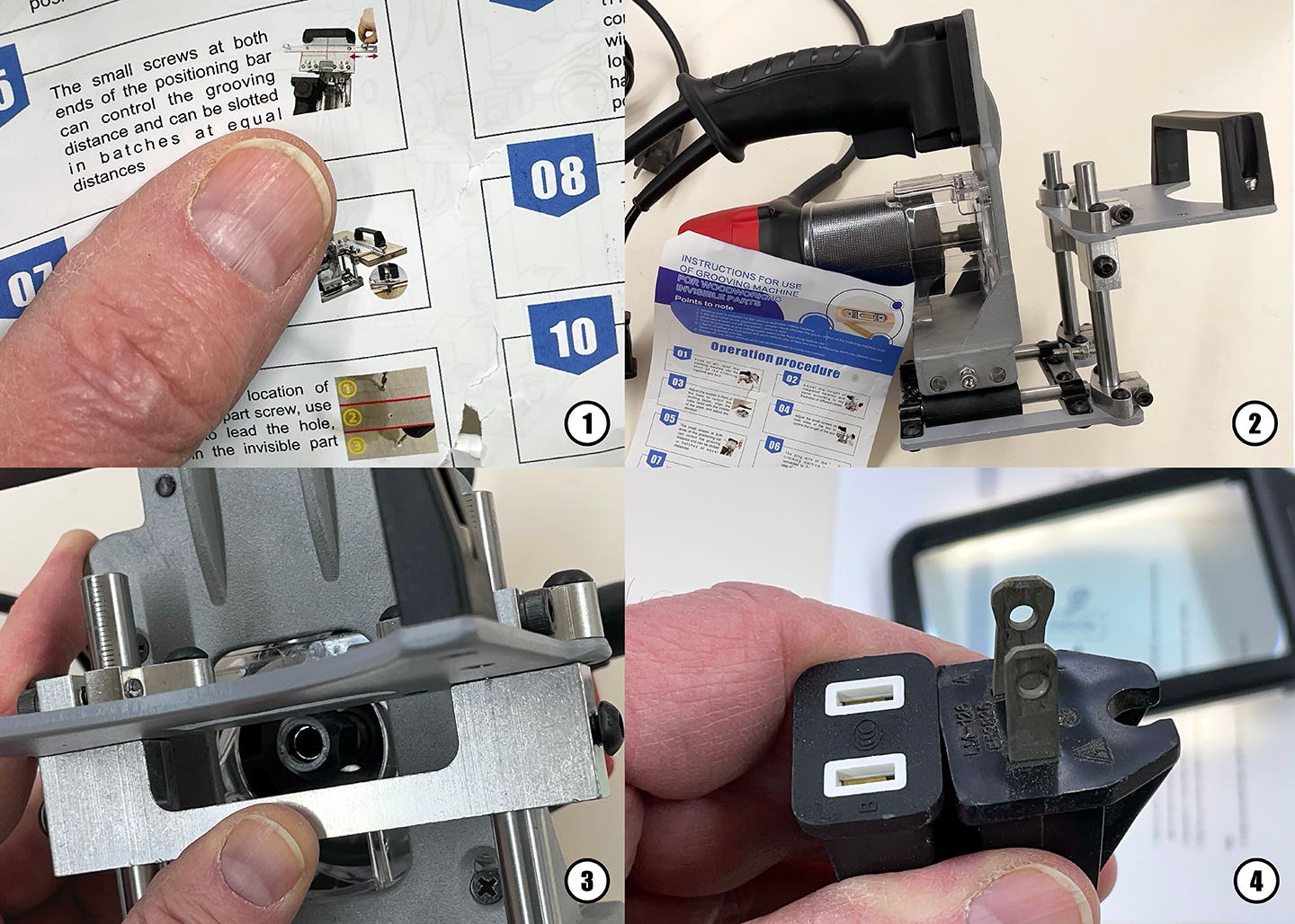Making the most of this tough economy
The last year has been challenging for small shops, and no one knows with certainty whether we’ve seen the worst or if the economic decline is going to continue. But…
The last year has been challenging for small shops, and no one knows with certainty whether we’ve seen the worst or if the economic decline is going to continue. But times like these can be used to develop a strategy that not only gets a business through the downturn, but continues to help once the skies clear.
First, it’s good to understand this is part of a normal business cycle. What goes up will go down — the higher the “up,” the lower the “down.”
This sounds like an oversimplification, because there are so many mitigating factors that are constantly changing. But the reality is that every seven to 10 years, the economy tanks. Usually, recovery begins after a rough year or two. The acceleration continues until once again things fall off a cliff.
These are difficult lessons, but you can learn more from bad times than from good. If you objectively look at every aspect of your business and your life, you can discover what’s important, what is so-so, and what is not important at all.
So, how do you align all these relationships with family, employees, clients, suppliers and everyone snatching at your time? It’s very important to be as clear as possible about why you’re in business, where you want your business to go, and how you are going to get there. Difficult times seem to add clarity to this process. As tough as things become, you build strengths you would not normally develop. Here are some ideas for smoothing out some of the bumps on both the up- and downswings.
Clarify your goals
First, you should have an absolutely clear picture of what your business is all about. You can achieve this clarity by asking some basic questions. Spell out on paper as clearly as possible what you’re doing now and what you want to be doing in one year, five years, 10 years or even longer.
Decide how much money you want to make and what your plan is for the future. Are you a custom furniture designer/manufacturer or do you want the designs to be drawn up by someone else while you do the manufacturing? Will you make only Arts and Crafts-style furniture or only built-in cabinets using standard detailing? Possibly your goal is to make and market a line of furniture, doors or other wood products.
Each type and style of wood product requires different skills, equipment and shop layout. You have to decide what satisfies you personally, pays the bills, and what you can achieve, depending on client base, suppliers and the skills you and your employees have.
Do you want to be a one-person shop or have 20 employees? Is your goal to work in the shop or manage it? If you have more than three employees, you are going to be a manager. If that’s not what you want, then limit the payroll to two.
What equipment and shop layout do you need? How do you organize yourself to handle the paperwork with cost flow now? And as you work toward your goals, do you need any new skills to achieve them?
Finally, you need to define your customer base and determine the proper ways to reach those people. Are your customers mainly interior designers, architects and contractors? Or do you prefer to work with the homeowner? Does the customer base fit with your future plans? Do you need to change the way you go after business?
Creating efficiency
Making money in a time-effective manner depends heavily on shop performance. Having too much equipment or the wrong equipment is as bad as not having enough equipment. Analyze what you build and decide if there are areas where you can improve. The layout and placement of equipment is important, and so is lighting and storage. Does the project work through the shop smoothly or are there bottlenecks?
There should be a permanent place for everything — from tools to sandpaper — and those things should always be kept in that same place. Eliminate those piles of scrap that accumulate here and there. Keep project parts together in one place, marked and/or numbered. Each worker should know his or her job and should have a clean place in which to do it.
The shop should be cleaned and organized daily. Assign one person to be in charge of maintenance each week and one person to order supplies from a checklist every two to four weeks, depending on your shop’s needs and size. You may not always feel you have the time to clean, maintain and organize, but if you don’t, it will cost you much more in shop efficiency over the long haul.
Often, shop drawings aren’t as clear and detailed as they should be — particularly in a small custom shop. Every hour spent detailing those drawings to eliminate employee confusion can save a day, or even several days, in the shop. Planning all your material needs in advance will prevent a job from sitting around while you wait for lumber, hardware, glass, finishing materials or whatever.
Lastly, if you expect good work you need to treat employees fairly and with respect. Disharmony in the workplace impedes your goal of getting a custom high-quality project out on time.
Estimating the job
Job estimates are very important, even for the one-man shop. It allows you to keep tabs on how you’re doing as the job progresses. You can use the results to save time bidding on future jobs. This can be done on paper or with a computer.
Itemize all your direct material and labor cost estimates. Be sure to include a line for overhead, which represents the cost of insurance, vehicle, tool repair, accounting, phones, and anything else not directly going into the product. This monthly overhead can be divided into the number of days the job will take or by labor hours. The last line is your profit or markup. This job costing should be updated each week so you can track your progress.
Also useful is a cash flow sheet showing weekly and monthly costs and expected receivables. Job estimates, drawings, contracts and budgeting need to be done each week on a specified day to prevent lapses between jobs, cost overruns and cash-flow problems. It’s very easy for a small shop trying to get a job out to find itself unprepared for the next job because contracts aren’t signed, drawings aren’t ready and materials aren’t in.
Business sense
The importance of building strong relationships with your clients can’t be overemphasized. Good relations are your future jobs and profits. Bad relations spread like wildfire and will ruin a business. Even with a difficult client — someone you don’t want to work with again — it’s better to part in good standing. Finish the job on good terms, and you will always come out a winner.
The same can be said for suppliers. You want supplies delivered on time and to your specification. Good relations go a long way toward making this happen.
If you want to make money, meet your goals and have fun working, you have to clearly define and organize all aspects of your business. Work on this a little at a time, setting aside an hour to several hours each week until your goals are met. It’s not an overwhelming task if you take it one step at a time.
Also, don’t pay too much attention to all the bad news. Just as everyone inaccurately predicted a mild downturn a year-and-a-half ago, they’re probably wrong about a prolonged recession. The news media loves misery, and economic hardship can become a self-fulfilling prophecy.
If you organize your business to function efficiently and keep close track of how you’re doing, you’ll know what you need to do to get through these times, and your business will shine even more when the business climate improves.
David Frisk owns a custom woodworking business in Encinitas, Calif.
This article originally appeared in the February 2009 issue.


